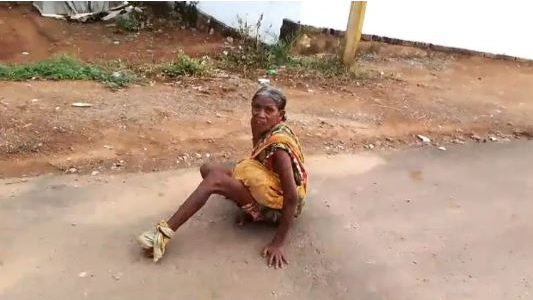2020-21 Q2 National Income Estimates
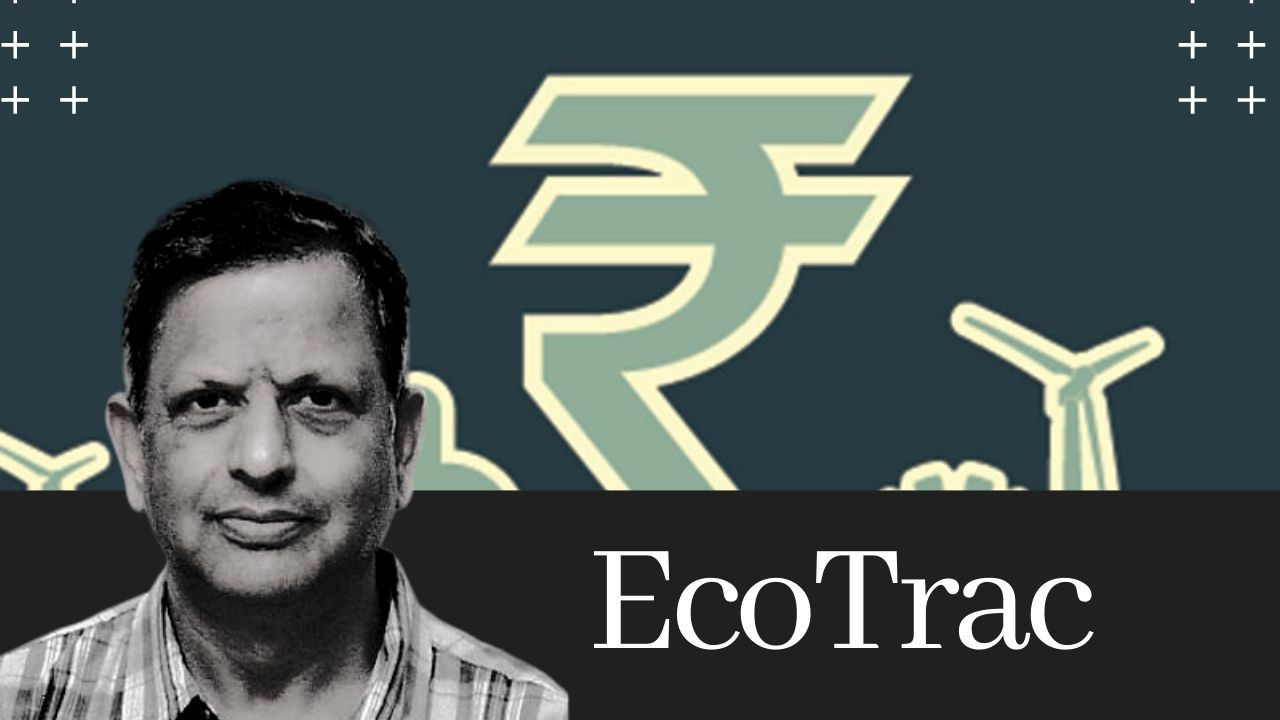
Going by the Q2 national income estimates, the Indian economy is definitely brightening up, which attests the fruitfulness of the measures taken by the government, RBI and other agencies. Moreover, some of the lead indicators such as GST collections, electricity consumption, passenger car sales, the Purchasing Managers Index for manufacturing and railway freight loading show promise. However, the sluggish demand conditions have to be attended to. This would call for higher public expenditure, especially in the form of major infrastructure spending. Dr Manas R Das The National Statistics Office announced the Gross Domestic Product (GDP) estimates for the second quarter (July-September) (Q2) of 2020-21 on November 27. According to the estimates, real GDP at 2011-12 prices showed a contraction of 7.5% in Q2, which was far better than the 23.9% contraction observed in Q1. The decline of 7.5%, which was below the earlier RBI forecast of a decline of 9.5%, was rather unexpected. Likewise, Gross Value Added (GVA) (at basic prices) at 2011-12 prices declined by seven percent in Q2 as against 22.8% decline in the previous quarter(Table 1). These data imply that the Indian economy is fast reviving from the COVID-19-induced shutdowns. {"id":84530,"width":354,"height":157,"sizeSlug":"large"} Table 2 presents GVA growth rates as per the three constituting sectors. It may be observed that agricultural growth remained stable; industry bounced back to positive territory though to a nominal extent; and services sector, though continued to remain in the negative territory, recouped much of its loss. {"id":84532,"width":463,"height":194,"sizeSlug":"large"} Within ‘Industry’, in Q2, both ‘Manufacturing’, and ‘Electricity, Gas, Water Supply &Other Utility Services’posted positive growth rates at 0.6% and 4.4% respectively, whereas growth rate in‘Mining & Quarrying’remained in the negative territory at -9.1%, albeit recovery. This, corroborates that the measures taken by the government and RBI, by and large, succeeded. Within ‘Services’, Q2 growth rates for all the sub-sectors stayed in the negative zone. However, two important sub-sectors, i.e., ‘Construction’, and ‘Trade, Hotels, Transport, Communication and Services related to Broadcasting’ recovered substantially from -50.3% to -8.6% and from -47.0% to -15.6%, respectively. By contrast, Q2 growth rates in respect of ‘Financial, Real Estate & Professional Services’ and ‘Public Administration, Defence and Other Services’ slightly worsened. Table 3 presents the expenditure side of GDP. {"id":84533,"width":591,"height":164,"sizeSlug":"large"} Demand side analysis of GDP revealed that Q2 growth in PFCE, which accounts for over 54% of GDP, continued to remain in negative territory though its magnitude reduced. This implies continued weak demand conditions. GFCE growth rate went down from positive to negative zone indicating less public expenditure. GFCF or investment, though recovered substantially, was still somewhat negative. However, its ratio to GDP improved from 22.3% in Q1 to 29.0% in Q2. This was heartening. In sum, going by the Q2 national income estimates, the Indian economy is definitely brightening up, which attests the fruitfulness of the measures taken by the government, RBI and other agencies. Moreover, some of the lead indicators such as GST collections, electricity consumption, passenger car sales, the Purchasing Managers Index for manufacturing and railway freight loading show promise. However, the sluggish demand conditions have to be attended to. This would call for higher public expenditure, especially in the form of major infrastructure spending. This in turn would not only rejuvenate demand but also bolster the supply side measure unleashed so far. In addition, public investment will crowd in private investment. Ultimately, employment will improve which will further feed into demand. The unfolding macroeconomic situation has led many economic forecasters to revise upwards their earlier growth predictions for the country. About the Author:Dr. Manas R. Das is a former senior economist of State Bank of India. He has over 30 years of experience as an economist in two large commercial banks. Academically, he is a gold medallist in Bachelor of Arts with Economics Honours from Utkal University, followed by Master’s in Economics from Delhi School of Economics and Doctorate in Economics from Gokhale Institute of Politics and Economics. He is also a Certified Associate of Indian Institute of Bankers. He has won several awards, besides being a prolific writer.
Latest News

'Operation Sindoor' Tribute Marks Grand Welcom...
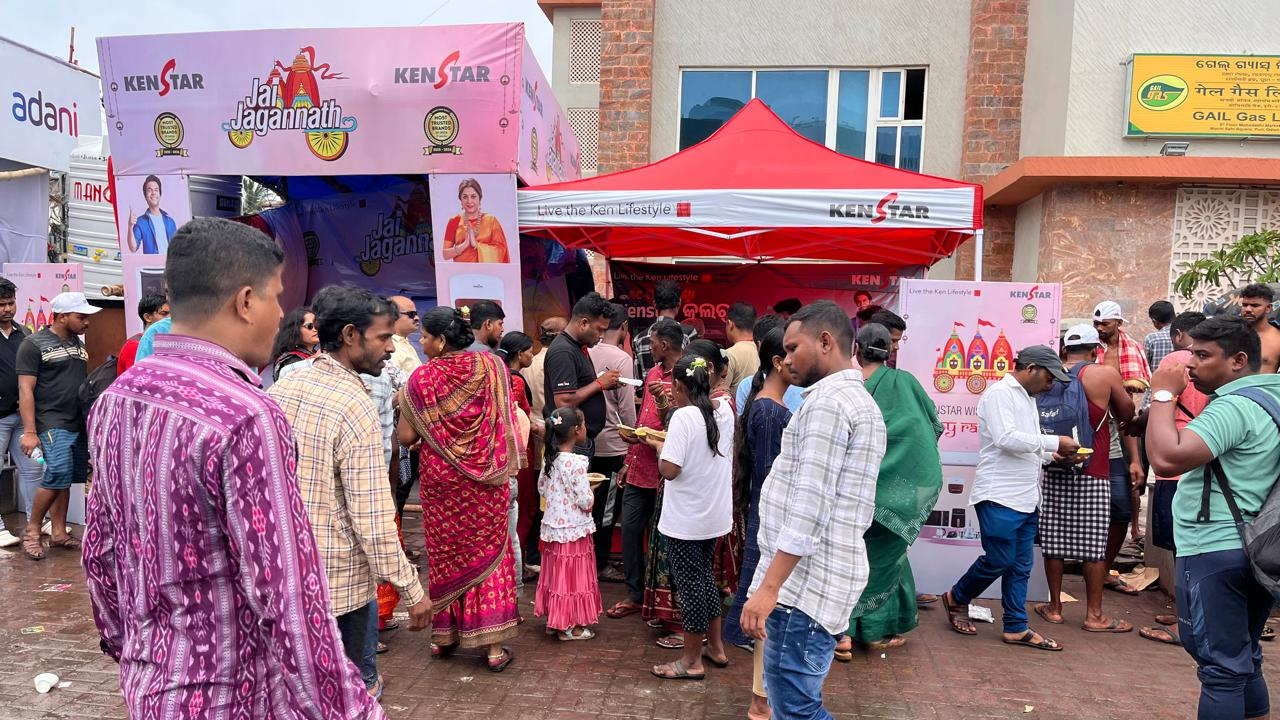
Kenstar Organises CSR Initiative with Child Sa...

Prime Minister lauds rousing welcome accorded...
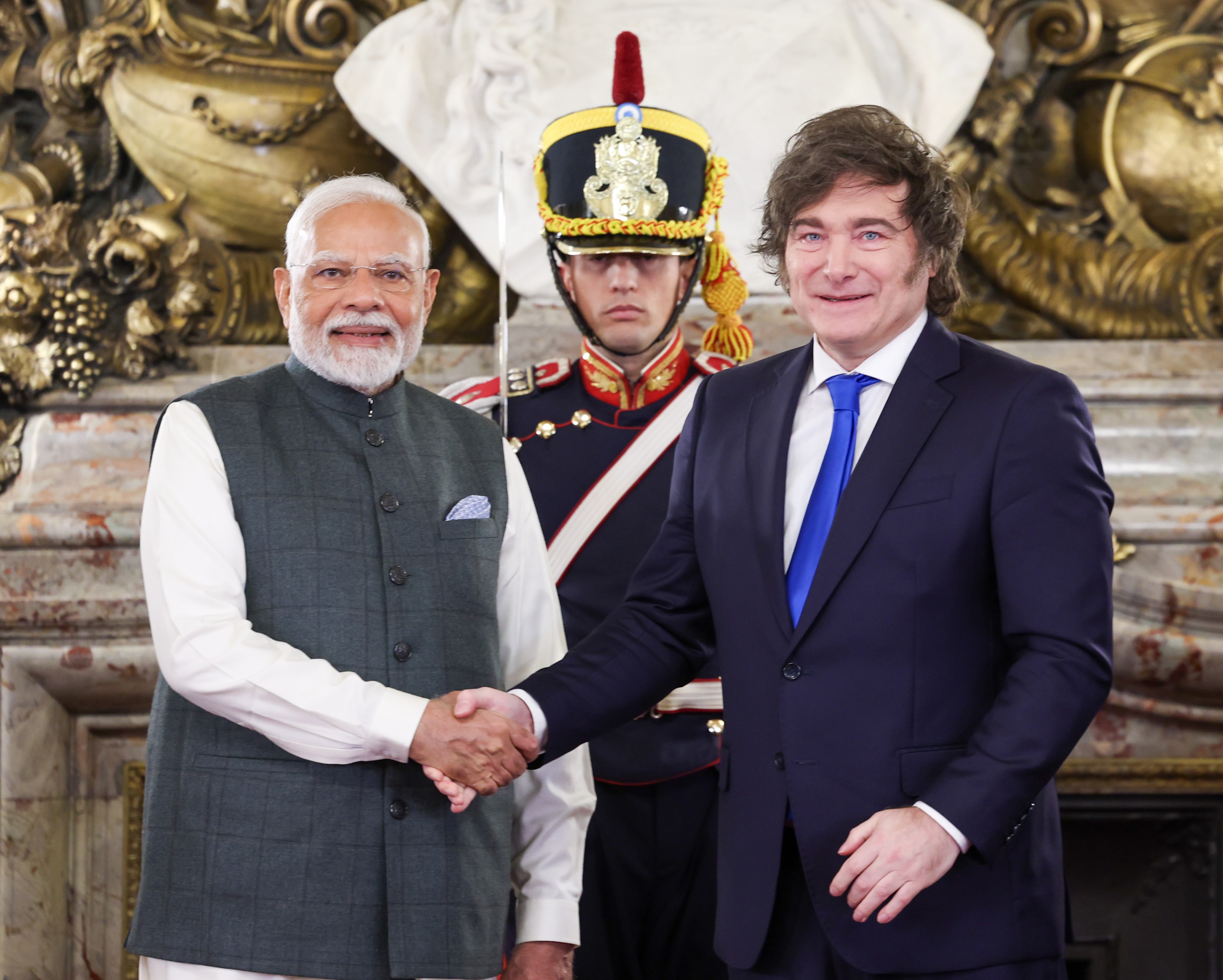
PM Modi meets President of Argentina Javier Mi...
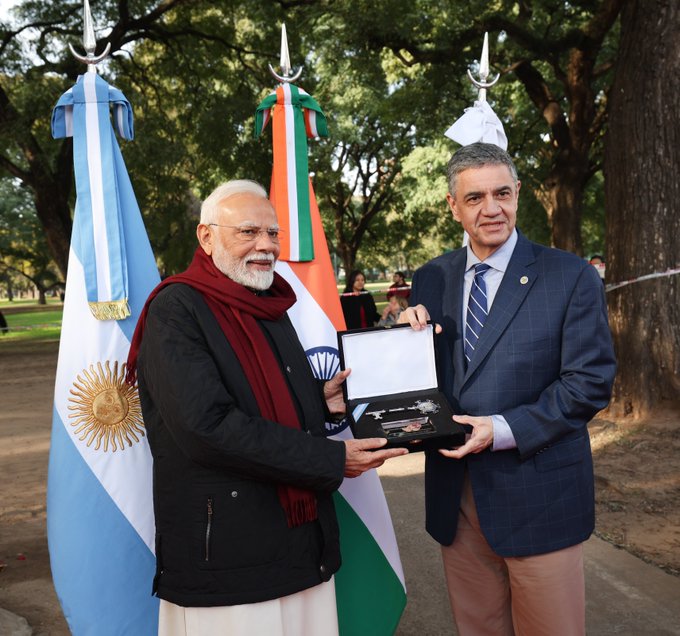
PM Modi conferred with Key to the City of Buen...

Elon Musk Launches 'America Party' to 'Give Ba...

Season's first floodwater released from Hiraku...
Copyright © 2024 - Summa Real Media Private Limited. All Rights Reserved.
















